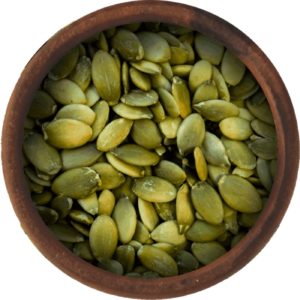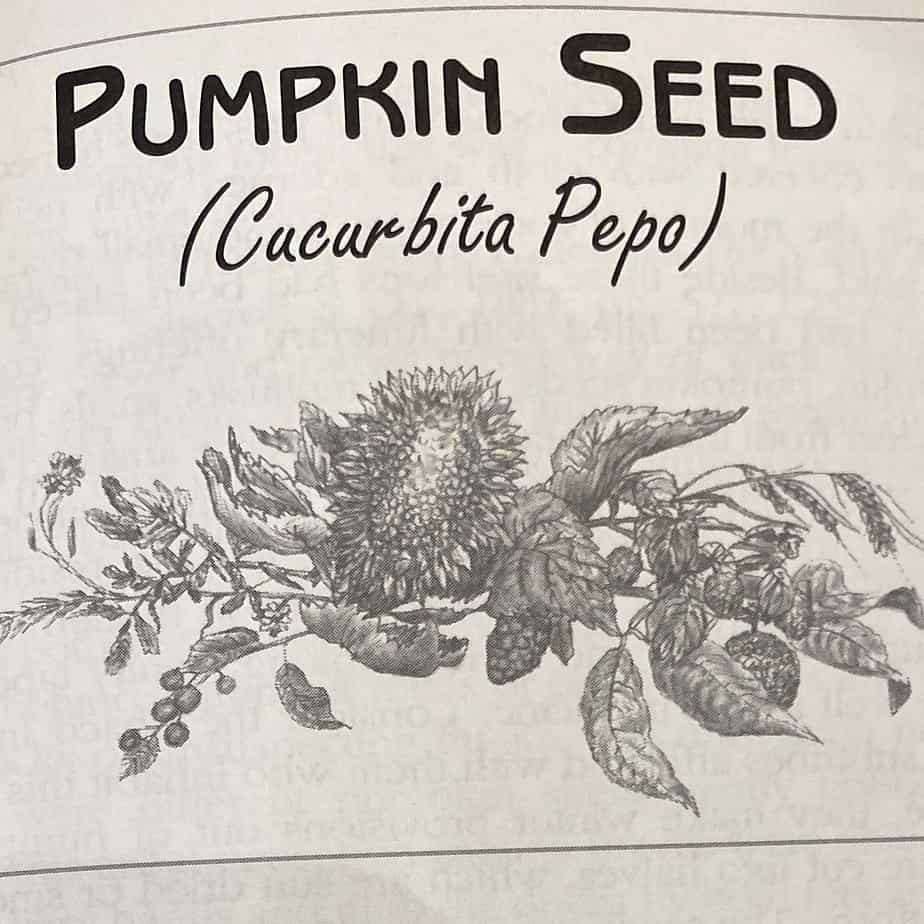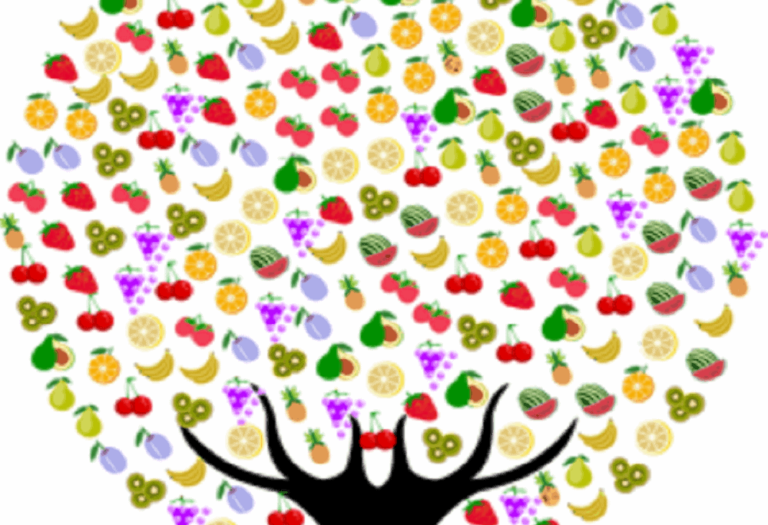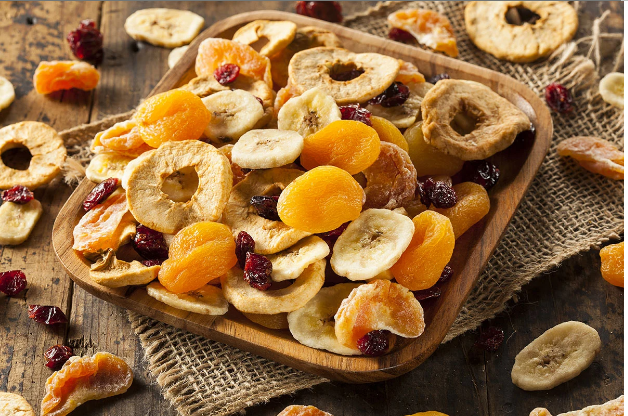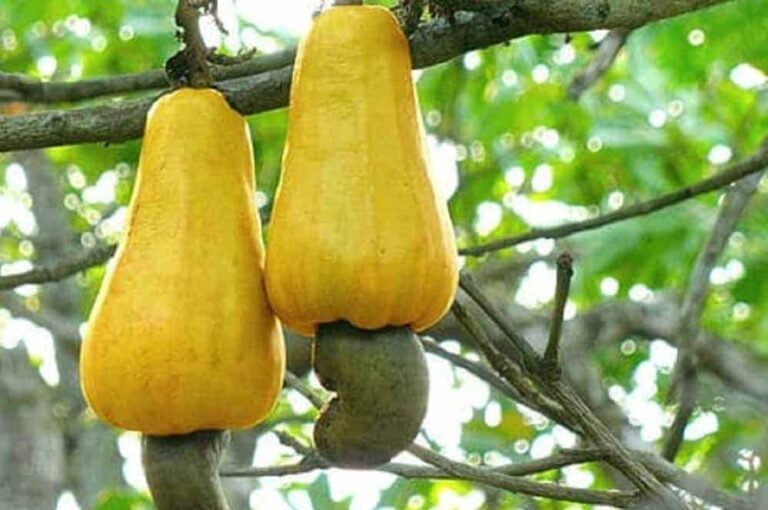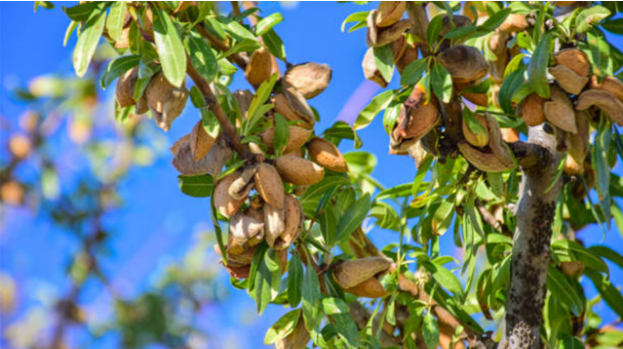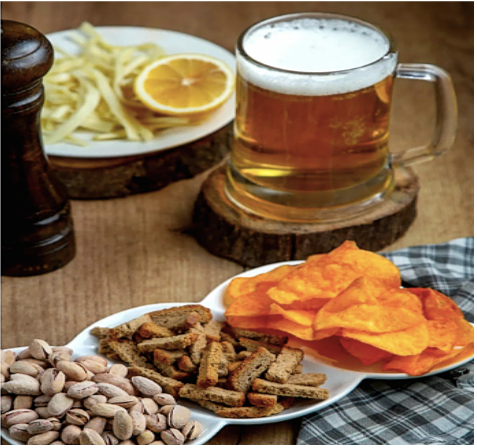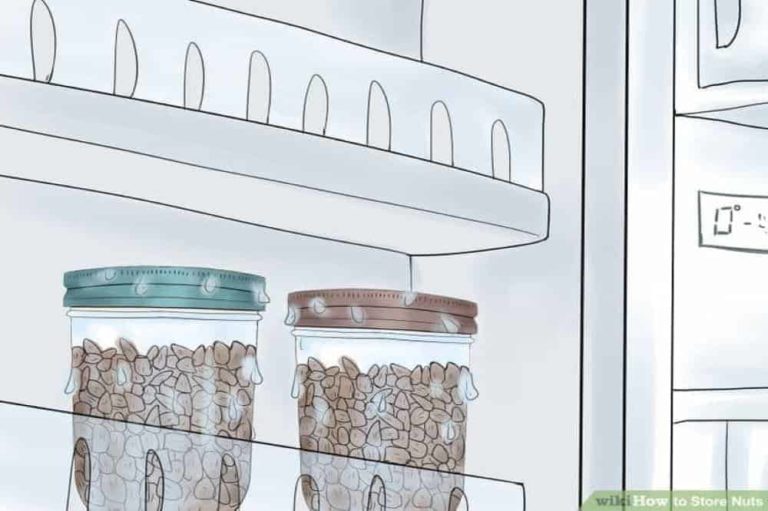Your cart is currently empty!
Health Benefits Of Pumpkin Seed
Nutritional Content Of Pumpkin Seeds (1 Ounce)
- Calories: 126 (529 KJ)
- Protein: 5.3 g
- Total fat: 5.5 g
- Saturated fat: 1g
- Carbohydrates: 15.2 g
- Fiber: 5.2 g
High in fiber, magnesium, and zinc, good source of protein, manganese, potassium, copper, and iron; contains phytosterols.
The History Of The Pumpkin Seed
Pumpkins have been a dietary staple of Native American cultures since ancient times. Consider, for instance, the Moche civilization, which flourished on the north coast of Peru. They were dominant there between the first and eighth centuries AD. They were the first to implement a state government in the Andes. Their society was complete with municipalities, class divisions, politicians, and taxes. Their culture was centered in the Moche Valley.
Although they left no writing system, the Moche left a vivid artistic record of their activities, environment, and supernatural realm. Their extraordinary ceramics depict animals, plants, anthropomorphic deities, and individuals engaged in hunting, fishing, combat, and elaborate ceremonies.
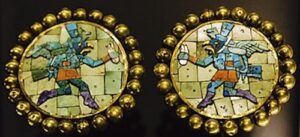
Mocha metalworkers made remarkable jewelry and ornaments of gold, silver, and copper. Weavers created detailed textiles of cotton and wool, and artisans carved and inlaid bone, wood, and stone, and the painting of colorful murals.
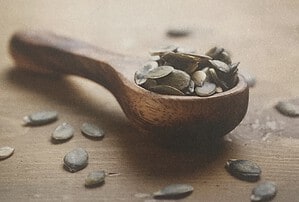
Pumpkins In Native American Art
One particularly intriguing tapestry panel shows a couple of farmers holding what appears to be pumpkins. A ceramic bottle depicting a human figure shows a seated man holding part of a pumpkin in his hand. Moche burial sites have turned up skeletal remains covered with cloth and adorned with necklaces and bracelets. In the mouths of some were small oval or circular sheets of gold. Beside these skeletons, there was a pottery place. Or placed some gourds had been filled with funerary offerings consisting of meat, pumpkin, pumpkin seeds, maize, mollusks, snails, birds, and so forth. It is clear from the archaeological evidence that pumpkin and its seeds play a very important role in this ancient culture.
Marginal tribes of South American Indians residing in the Argentine pampa and the Uruguayan plains in modern times have depended upon the fruit and its flat, oblong, gently tapered seeds for food and medicine. Consider the Chaco Indians and the various subtribes affiliated with them who inhabit this region. At harvest time, they make winter provisions out of pumpkins. The pumpkins are cut into halves. They are then sun-dried or smoke is added on a wooden platform. The pumpkin seeds are roasted and salted. Some Chaco subtribes boil the pumpkin seeds, pound them with a mortar, and then boil them again until they become thick mush. Such preserved foods are later heaped into some corner of a hut or stored in special granaries to keep rodents out.
Shamans And The Pumpkin Seed As Medicine
The influence of shamans in Chaco communities was once considerable. Some shamans performed “miracles” to increase their prestige. Pumpkins have always been a mainstay of different Indian tribes in the American Southwest.
In the last century, the Mescalero Apache would often construct a raft made of bulrush or cane, floated and supported on the water by two or three dozen hollowed-out pumpkin shells fastened together. The Apaches, Comanches, and Pueblos enjoyed frequent amusements in feasting, drinking, dancing, singing, and making music.
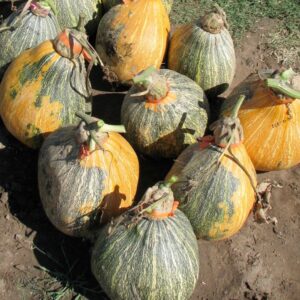
The Healthy Evidence
Whole pumpkin seeds are an excellent source of fiber, magnesium, and zinc and a good source of protein, manganese, potassium, copper, and iron. They contain numerous phytochemicals, including phytosterols, which may lower cholesterol levels and be helpful to the prostate gland.
A 2006 study in the Journal Of Medicinal Food reported on the use of pumpkin seed oil to treat benign prostatic hyperplasia, or enlarged prostate, a common condition in middle-aged and elderly men. Rats were injected with testosterone to cause prostate enlargement and then treated with seed oil. The oil significantly inhibited enlargement, and the researchers concluded the oil “may be beneficial in the management of benign prostatic hyperplasia.” A 2011 animal study in North American Journal of Medical Sciences reported that pumpkin seed mixtures reduced atherosclerosis and lowered blood lipid levels.
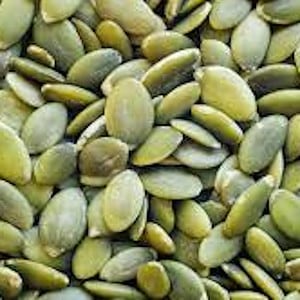
A Zuni Indian Cure for Tapeworm and Roundworm
Zuni Indians of Arizona have a very simple but highly effective way of getting rid of certain intestinal parasites. Zuni women remove the seeds from pumpkins and place them on a tray to dry in the sun. After this, the Zuni will place the seeds into a bowl. Just enough vegetable oil is poured over them to coat them lightly. Use your hand to mix the oil with the seeds. Adding a little salt brings out the pumpkin flavor. Next, the oiled seeds are spread on a metal tray and put into a 250° oven. The women stir the seeds occasionally with a long wooden spoon or metal spatula during the roasting process.
Stop Cooking The Seeds When They Start Turning Brown
The consumption of these seeds as a delicious and healthful snack treat is understandable. In contrast, when a person chews on them, it helps the body fight tapeworms, roundworms, and other intestinal parasites. The equivalent of two cups of roasted pumpkin seeds is methodically chewed daily for a week on an empty stomach. Usually, within that period of time, the worms will break loose from the intestinal tract.
Healers would give this recommendation to many patients. The ago by an old naturopathic doctor when it was discovered ins years three bad cases of tapeworms around the age of nine or ten. Although terrible to taste at every chewed mouthful, those seeds help eliminate parasites. What this shows is not only that raw pumpkin seeds make a terrific ingredient that stops infections from worms but also that different cultures can come up with the same remedy completely independently of each other.
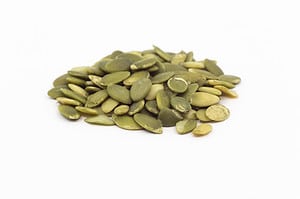
Health Benefits Of Pumpkin Seed Include Being Great for Gout
Pumpkin seeds are indeed beneficial for overall health. Their specific effects on gout are not well-known, but they should be. Gout is a form of arthritis. The cause of the buildup of uric acid crystals in the joints. This leads to inflammation and pain. It is important to note that gout management typically involves a comprehensive approach. This approach includes medication, dietary modifications, and lifestyle changes.
